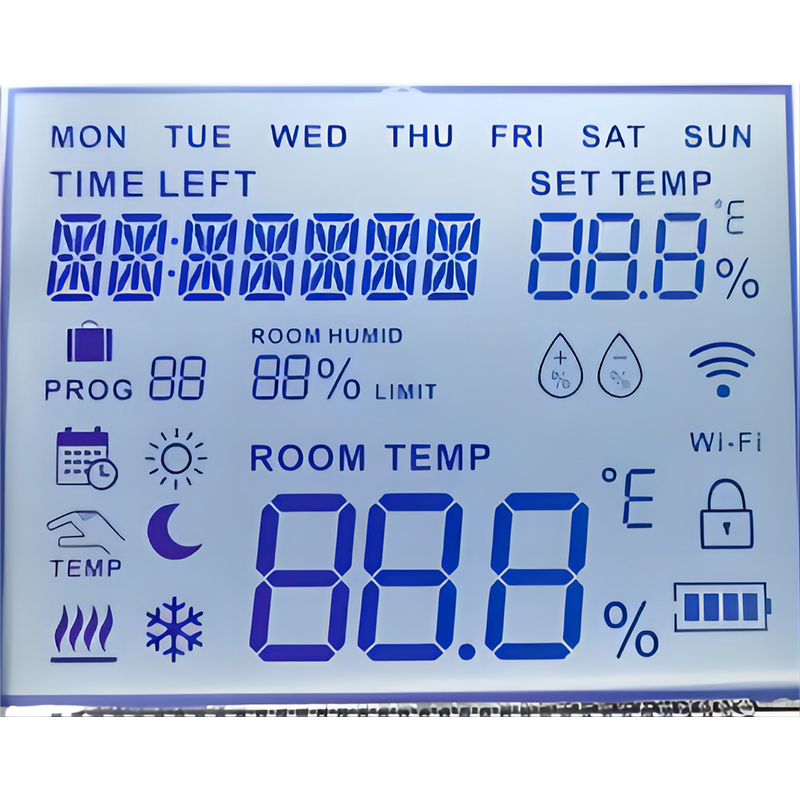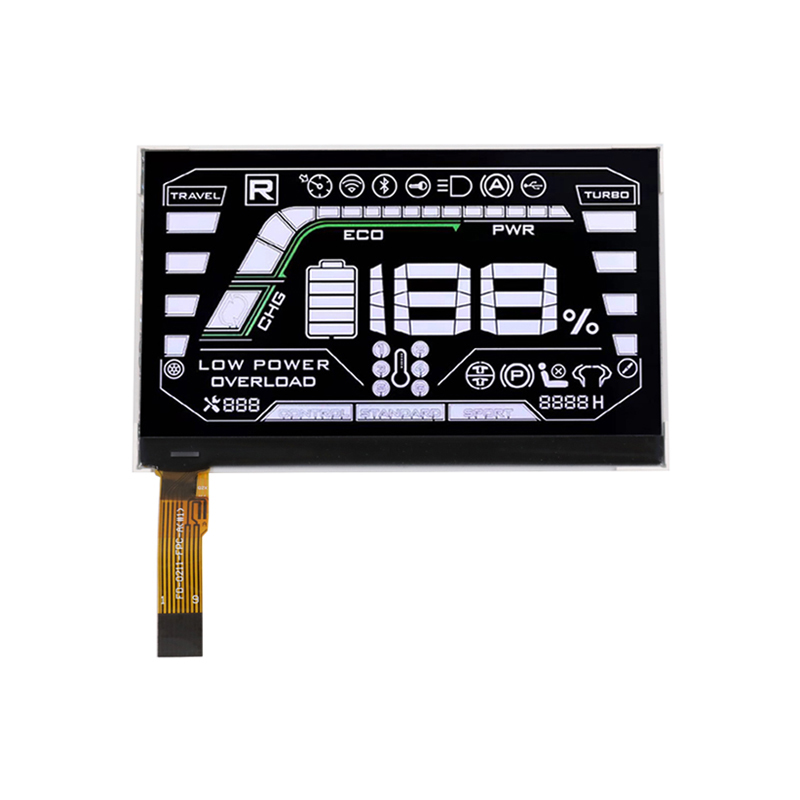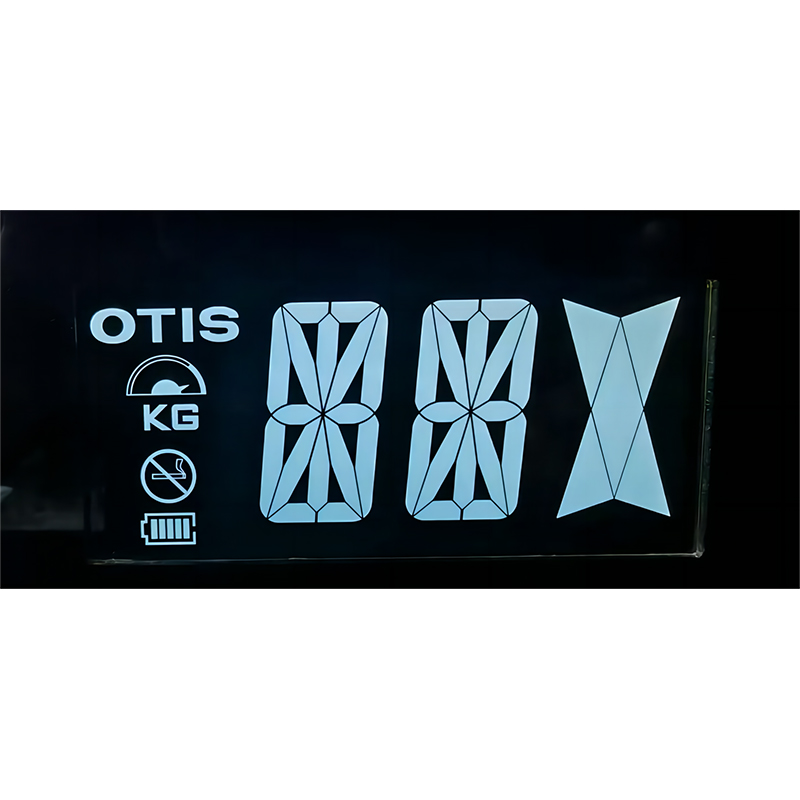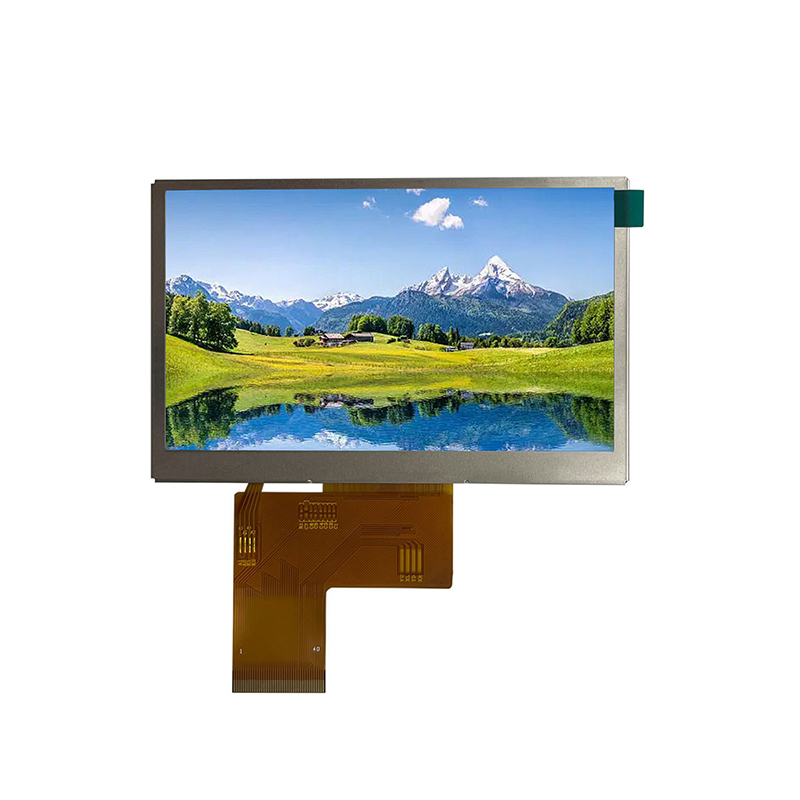
This guide provides a detailed overview of the Waveshare 3.5 SPI TFT screen, covering its specifications, setup, common use cases, and troubleshooting tips. We'll explore its capabilities and show you how to integrate it into your projects. Learn about its advantages and limitations, helping you decide if it's the right display for your needs.
The Waveshare 3.5 SPI TFT screen is a popular choice for various embedded systems due to its relatively low cost, ease of use, and decent resolution. It utilizes an SPI interface, simplifying integration with many microcontrollers. Key specifications typically include a 3.5-inch diagonal size, a resolution of 320x480 pixels, and support for a wide range of colors. The exact specifications may vary slightly depending on the specific model, so always refer to the official Waveshare documentation for the most accurate details. For example, some models may offer different levels of backlight brightness or touchscreen capabilities. Remember to check the datasheet for your exact screen model.
The SPI (Serial Peripheral Interface) is a synchronous, full-duplex communication bus. This means data can be sent and received simultaneously, making it efficient for transferring large amounts of data, like the pixel data required to refresh a Waveshare 3.5 SPI TFT screen. This contrasts with parallel interfaces which require more pins and can be more complex to implement. Understanding SPI communication is crucial for successful integration.
Connecting the Waveshare 3.5 SPI TFT screen involves connecting its various pins to your microcontroller. Typically, you'll need connections for power (VCC, GND), data (MOSI, MISO, SCK), chip select (CS), data/command (DC), and backlight control (BL). The exact pin assignments will depend on your specific microcontroller and the screen model. Consult the Waveshare documentation for your specific model for precise pinout diagrams. Accurate wiring is critical to avoid damage to the screen or your microcontroller.
After connecting the hardware, you'll need to configure the screen using appropriate software libraries. Waveshare often provides libraries for popular microcontrollers like Arduino and Raspberry Pi. These libraries simplify the process of controlling the screen's functions, such as displaying text, images, and other graphics. The configuration process usually involves initializing the display, setting the resolution, and choosing the appropriate color mode.
The versatility of the Waveshare 3.5 SPI TFT screen makes it suitable for a wide range of projects. Common use cases include:
A basic project could involve displaying temperature readings from a sensor on the Waveshare 3.5 SPI TFT screen. This involves reading sensor data, formatting it appropriately, and sending it to the screen for display. Numerous tutorials and examples are available online for similar projects.
If you are not getting a display, check the following:
Unusual visual artifacts might indicate problems with data transmission or screen initialization. Check your SPI configuration and ensure the data being sent to the screen is correct.
Waveshare offers several variations of their 3.5 SPI TFT screens, each with slightly different features. Consider factors like touchscreen capability, backlight type, and power consumption when choosing the right model for your application. Comparing specifications from the Waveshare website is essential before making a purchase.
For high-quality LCD displays and modules, consider exploring the options available at Dalian Eastern Display Co., Ltd. They offer a wide range of display solutions for various applications.












